Home>Home Maintenance>How To Dry Out Potted Plant Soil Without Drainage Holes
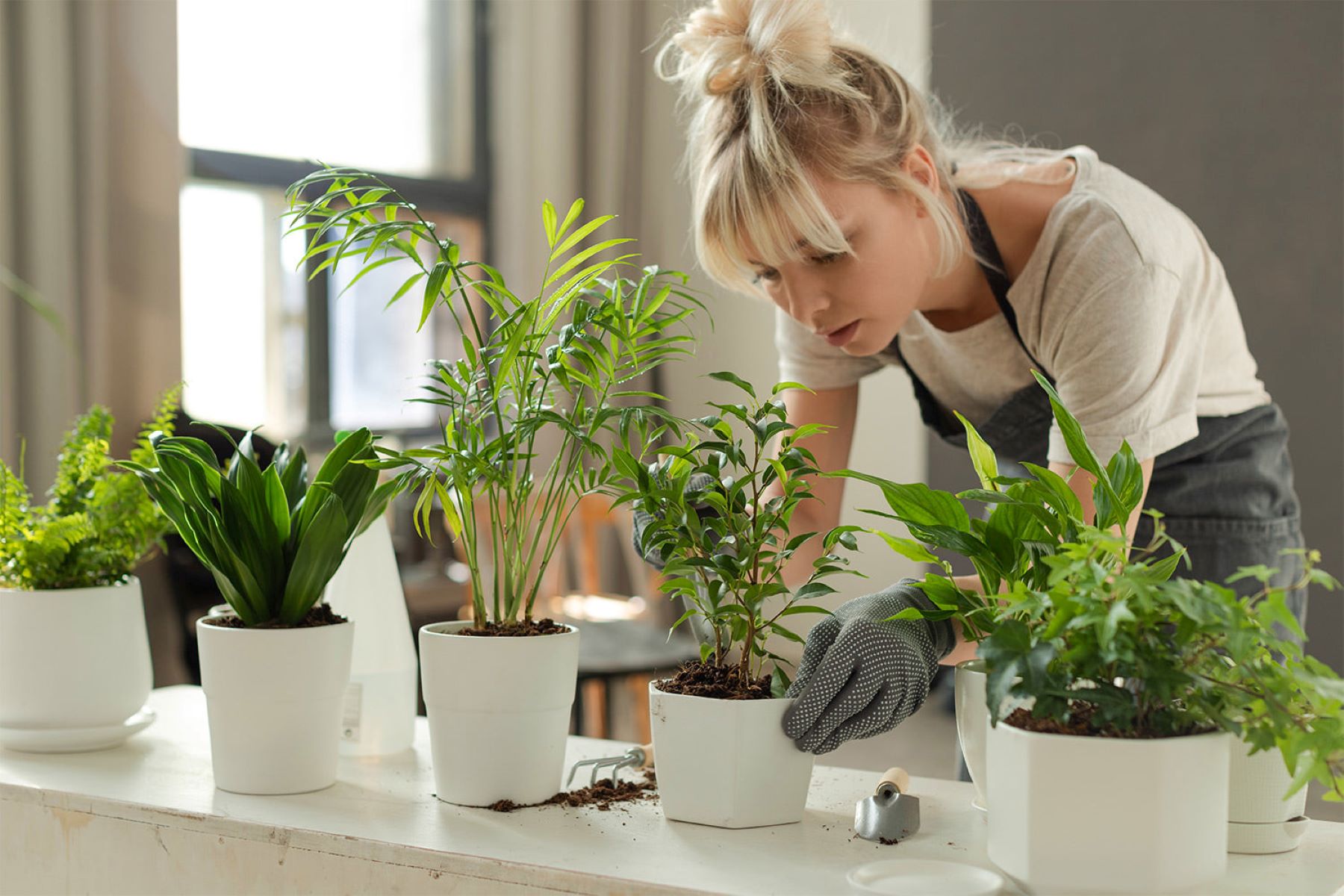

Home Maintenance
How To Dry Out Potted Plant Soil Without Drainage Holes
Modified: March 7, 2024
Learn how to dry out potted plant soil at home without drainage holes with our expert home maintenance tips.
(Many of the links in this article redirect to a specific reviewed product. Your purchase of these products through affiliate links helps to generate commission for Storables.com, at no extra cost. Learn more)
Introduction
Having indoor plants can bring a breath of fresh air and add a touch of nature to any space. However, not all potted plants come with drainage holes, which can pose a challenge when it comes to the proper care and maintenance of your plants. Proper drainage is essential to prevent overwatering and root rot, but if you find yourself with potted plants without drainage holes, don’t worry – there are ways to effectively dry out the soil and ensure your plants stay healthy.
In this article, we will explore different methods to dry out potted plant soil without drainage holes. By understanding the importance of drainage holes and when to consider alternative methods, you can ensure proper plant care and prevent any damage caused by excess moisture.
Key Takeaways:
- Proper drainage is crucial for potted plants to prevent waterlogging and root rot. Without drainage holes, alternative methods like manual water removal and absorbent materials can help manage excess moisture temporarily.
- Repotting plants into containers with drainage holes is the most effective long-term solution. It ensures healthy root growth and prevents waterlogging, promoting the overall well-being of potted plants.
Read more: What To Plant In A Pot Without Drainage
Understanding the Importance of Drainage Holes
Drainage holes play a crucial role in potted plants by allowing excess water to escape. When you water your plants, the excess water should flow out of these holes, ensuring that the roots are not sitting in standing water. Without proper drainage, water can accumulate in the pot, leading to waterlogged soil and root rot.
Excess moisture in the soil restricts oxygen flow to the roots, causing them to suffocate and eventually die. Over time, this can result in stunted growth, yellowing leaves, and overall plant decline.
When to Consider Drying Out Potted Plant Soil Without Drainage Holes
Drying out potted plant soil without drainage holes should only be considered in specific situations. If you have a plant that you love, but the pot lacks drainage holes, or you’ve accidentally overwatered your plants and want to prevent root rot, these methods can help you manage excess moisture effectively.
Now that we’ve covered the basics, let’s explore four different methods you can use to dry out potted plant soil without drainage holes:
Key Takeaways:
- Proper drainage is crucial for potted plants to prevent waterlogging and root rot. Without drainage holes, alternative methods like manual water removal and absorbent materials can help manage excess moisture temporarily.
- Repotting plants into containers with drainage holes is the most effective long-term solution. It ensures healthy root growth and prevents waterlogging, promoting the overall well-being of potted plants.
Read more: What To Plant In A Pot Without Drainage
Understanding the Importance of Drainage Holes
Drainage holes play a crucial role in the health and well-being of potted plants. These holes allow excess water to escape, preventing water from pooling at the bottom of the pot and suffocating the plant’s roots. By promoting healthy drainage, these holes help maintain optimal soil moisture levels, preventing fungal growth, root rot, and other issues caused by overwatering.
When water is poured into a pot without drainage holes, it cannot flow out freely. Instead, it collects at the bottom, creating stagnant conditions that can spell disaster for your plant. The excess water restricts the flow of oxygen to the roots, leading to suffocation and root rot. This can cause the roots to become weak and susceptible to diseases, and ultimately, the plant’s overall health will deteriorate.
In addition to preventing waterlogging, drainage holes promote the proper distribution of nutrients. When you water your plants, the water carries essential nutrients from the soil to the roots. Without drainage holes, the water becomes trapped, preventing the distribution of these nutrients throughout the root system. As a result, the plant may become nutrient deficient, leading to stunted growth, yellowing leaves, and a weakened immune system.
Drainage holes also play a role in preventing salt buildup in the soil. Over time, the minerals and salts present in tap water can accumulate in the soil. If there are no drainage holes, these salts will remain in the soil, creating an imbalance in the plant’s nutrient uptake and potentially damaging the roots.
Furthermore, proper drainage ensures that the soil maintains a good balance between moisture and air. When water flows through the soil and out of the drainage holes, it creates pockets of air that help facilitate proper root respiration. This exchange of gases is essential for the plant’s metabolic processes, as it allows the roots to take in oxygen and release carbon dioxide.
Overall, the presence of drainage holes is crucial for the long-term health and vitality of your potted plants. They prevent waterlogging, root rot, nutrient imbalances, and allow the roots to access oxygen, promoting optimal growth and overall plant well-being.
However, if you find yourself in a situation where your potted plant does not have drainage holes, fear not. There are alternative methods you can employ to ensure the soil dries out effectively without compromising your plant’s health. We will explore these methods in the following sections.
When to Consider Drying Out Potted Plant Soil Without Drainage Holes
While having proper drainage in your potted plants is essential, there may be situations where you find yourself needing to dry out the soil without the presence of drainage holes. Here are a few situations when you may consider employing alternative methods:
1. Lack of drainage holes: Some decorative pots, planters, or containers may not come with pre-drilled drainage holes. This can make it difficult for excess water to escape, potentially leading to waterlogged soil and root rot. If you have a plant that you love in a pot without drainage holes, using alternative methods to dry out the soil can help prevent any potential damage caused by excess moisture.
2. Accidental overwatering: Even with pots that have drainage holes, accidents can happen, and you may find that you have overwatered your plant. It’s important to take action quickly to prevent the excess water from causing harm to the roots. Drying out the soil without drainage holes can help in these situations.
3. Preventing root rot: Root rot is a common problem for plants that are consistently overwatered, especially if they lack proper drainage. If you notice signs of root rot, such as yellowing leaves, wilting, or a foul odor emanating from the soil, it’s crucial to take immediate action to save your plant. Drying out the soil can help halt the progression of root rot and give your plant a chance to recover.
4. Transitioning to a new pot: If you plan to repot your plant into a new container with proper drainage but want to ensure that the soil is dry before transferring it, using alternative methods to remove excess moisture can be beneficial. This helps prevent shock to the plant when it is transferred to a drier environment.
It’s important to note that while these alternative methods can help temporarily manage excess moisture, they are not a long-term solution. It is always best to use pots with drainage holes to provide the best growing conditions for your plants.
In the following sections, we will explore four different methods to effectively dry out potted plant soil without drainage holes. These methods will help remove excess moisture and ensure the health and well-being of your plants.
Place a layer of gravel or pebbles at the bottom of the pot before adding soil to improve drainage. Water sparingly to avoid waterlogged soil.
Method 1: Removing Excess Water Manually
One of the simplest and most immediate methods to dry out potted plant soil without drainage holes is by manually removing excess water. Here’s how you can do it:
1. Assess the moisture level: First, determine if the soil is waterlogged. Gently press your finger into the soil to check for wetness. If the soil feels excessively damp or soggy, it is likely that there is an excess of water present.
2. Tilt and drain: Carefully tilt the pot to the side, allowing any visible excess water to drain out. Be cautious not to damage the plant or disturb the roots while doing this. Ensure that the pot is tilted enough to let the water flow out smoothly. You may use a tray or a bucket to catch the drained water.
3. Use absorbent material: If there is still moisture remaining in the soil, you can use absorbent materials such as paper towels, sponges, or cloth to soak up the excess water. Place the material on top of the soil and gently press it down to absorb the moisture. Replace the material with a dry one as needed until no more water is being absorbed.
4. Provide proper airflow: Once you have removed the excess water, it’s important to provide adequate airflow around the plant. This can be achieved by placing the pot in an area with good air circulation or using a small fan to promote evaporation. Make sure not to place the plant in direct sunlight, as this can cause further stress to the plant.
5. Monitor and adjust watering: After manually removing excess water, it’s crucial to monitor the moisture level of the soil and adjust your watering practices accordingly. Avoid overwatering the plant in the future to prevent recurring issues with excess moisture.
Important Note: While this method can help in emergency situations, it is not a long-term solution. Without proper drainage, water will continue to accumulate in the pot, increasing the risk of root rot. Consider repotting the plant into a container with drainage holes for optimal plant health.
Drying out potted plant soil without drainage holes can be challenging, but by following these steps, you can effectively remove excess water and prevent further damage to your plants. Remember, proactively managing watering practices and ensuring proper drainage is the best way to maintain healthy potted plants.
Method 2: Using Absorbent Materials
Another effective method to dry out potted plant soil without drainage holes is by utilizing absorbent materials. These materials can help soak up the excess moisture from the soil, promoting quicker drying. Here’s how you can do it:
1. Gather absorbent materials: Collect materials such as peat moss, perlite, vermiculite, or coconut coir. These materials have excellent water-absorbing properties and can help draw out excess moisture from the soil.
2. Prepare the materials: Take a handful of the chosen absorbent material and dampen it slightly with water. Make sure not to saturate it, but rather moisten it enough to activate absorbency.
3. Place the material on top of the soil: Spread the dampened absorbent material evenly on top of the moist soil in the pot. Be sure to cover the entire surface while avoiding contact with the plant’s stem or leaves. The absorbent material will gradually draw out the excess water from the soil.
4. Monitor and replace: Keep an eye on the absorbent material to gauge its moisture level. As it becomes saturated with water, replace it with fresh, dry material. Repeat this process until the absorbent material no longer gets wet after a few hours, indicating that the excess water has been absorbed.
5. Ensure proper airflow: While using absorbent materials, it’s important to provide proper airflow around the plant to aid in evaporation. Position a fan or place the pot in a well-ventilated area, avoiding direct sunlight. This will promote drying and prevent the buildup of excess humidity.
6. Adjust watering practices: Once the soil has dried out, adjust your watering practices to prevent future issues. Be mindful of the water requirements of your plant species and avoid overwatering, as this can lead to further moisture problems.
Important Note: While using absorbent materials can help in temporarily drying out the soil, it is not a permanent solution. Eventually, the soil will become saturated again, increasing the risk of root rot. It is advisable to consider repotting your plant into a container with drainage holes for the best long-term results.
By utilizing absorbent materials, you can effectively remove excess moisture from potted plant soil without drainage holes. This method provides a natural and efficient way to dry out the soil and prevent overwatering-related issues. Remember to monitor the moisture levels and adjust your watering practices accordingly to maintain healthy and thriving plants.
Method 3: Increasing Airflow and Sunlight Exposure
Increasing airflow and sunlight exposure is another effective method to dry out potted plant soil without drainage holes. By improving ventilation and exposing the soil to sunlight, you can promote evaporation and facilitate the drying process. Here’s how you can do it:
1. Choose an appropriate location: Find a spot for your potted plant that receives adequate airflow and indirect sunlight. Avoid placing it in areas with stagnant air or direct sunlight, as extreme heat can harm the plant.
2. Use a fan: Position a fan near the plant to improve air circulation. Set it on a low speed so that it gently moves the air around the plant without causing excessive drying. The gentle breeze will aid in moisture evaporation and help dry the soil.
3. Rotate the pot: Regularly rotate the pot to ensure even exposure to airflow. This will prevent one side of the soil from drying out while the other remains damp. Aim to rotate the pot every few days for balanced drying.
4. Avoid excessive watering: While increasing airflow and sunlight exposure, it’s important to avoid overwatering the plant. Stick to watering schedules appropriate for your specific plant species and check soil moisture levels before watering. Overwatering can slow down the drying process and lead to further moisture issues.
5. Monitor and adjust: Keep a close eye on the soil moisture levels as the drying process progresses. Test the soil by gently pressing your finger into it. If it feels excessively damp, continue with the airflow and sunlight exposure method. If the soil starts to dry out, adjust the airflow and exposure accordingly to prevent the soil from becoming too arid.
Important Note: While increasing airflow and sunlight exposure can aid in drying out the soil, it is essential to strike a balance and avoid extreme conditions. Too much direct sunlight or excessive airflow can lead to soil dehydration or stress to the plant. Monitoring the plant’s health and adjusting the amount of airflow and sunlight exposure accordingly is crucial.
By improving ventilation and sunlight exposure around the potted plant, you can accelerate the drying process and remove excess moisture from the soil. This method creates a favorable environment for evaporation, helping to prevent issues associated with waterlogged soil.
However, it’s important to note that this method is not a long-term solution. Without drainage holes, the soil will continue to retain moisture, increasing the risk of root rot. Consider repotting your plant into a container with proper drainage to ensure optimum plant health and prevent future moisture problems.
Method 4: Repotting the Plant with Proper Drainage
If you have a potted plant without drainage holes and find it challenging to manage excess moisture, repotting the plant into a container with proper drainage is the most effective and long-term solution. By providing adequate drainage, you can prevent waterlogging, promote healthy root growth, and maintain the overall well-being of your plant. Here’s how you can repot your plant:
1. Choose a suitable pot: Select a new pot that has drainage holes at the bottom. The size of the pot should be appropriate for the plant’s root system, allowing room for growth.
2. Prepare the new pot: Before transferring your plant, ensure that the new pot is clean and has sufficient drainage holes. You can place a small piece of mesh or a coffee filter over the drainage holes to prevent soil from escaping while still allowing water to flow freely.
3. Remove the plant from the old pot: Carefully remove the plant from its current pot. Gently loosen the soil around the roots to avoid damaging them. If the plant is firmly stuck, you can tap the sides or use a blunt object to help loosen it.
4. Inspect and prune the roots: Once the plant is out of the pot, inspect the roots for any signs of damage or rot. Trim away any brown or mushy roots with clean and sharp pruning shears. This will help rejuvenate the plant and promote healthy growth in the new pot.
5. Add new potting mix: Fill the new pot with a well-draining potting mix. Avoid using garden soil, as it can become compacted and hinder proper drainage. Choose a mix specifically formulated for potted plants, or create your own mix using components such as perlite, vermiculite, or coconut coir to ensure optimal drainage.
6. Repot the plant: Place the plant into the new pot, ensuring that the root ball is centered. Gently backfill the pot with the potting mix, firming it around the roots to provide stability. Leave a small gap at the top to allow for watering.
7. Water the plant: After repotting, give the plant a thorough watering to help settle the soil and eliminate any air pockets. Allow the excess water to drain freely through the bottom holes. This ensures that the soil is evenly moist without becoming waterlogged.
8. Adjust care routine: With your plant now in a pot with proper drainage, adjust your watering routine accordingly. Water the plant whenever the top inch of the soil feels dry, and be mindful not to overwater. Regularly monitor the soil moisture levels and make any necessary adjustments to maintain the ideal moisture balance.
By repotting your plant into a container with proper drainage, you provide the best conditions for healthy plant growth. The presence of drainage holes ensures proper water flow, prevents waterlogging, and reduces the risk of root rot. This method is the most effective long-term solution to manage excess moisture and maintain the overall health and vigor of your potted plant.
Remember to choose the right pot size, use a well-draining potting mix, and adjust your watering routine to provide the optimal environment for your plant’s well-being.
Conclusion
Drying out potted plant soil without drainage holes can be a challenge, but with the right approach, you can successfully manage excess moisture and maintain the health of your plants. Whether you are dealing with decorative pots without drainage holes or accidental overwatering, there are several methods you can employ to effectively dry out the soil.
We covered four different methods in this article: manually removing excess water, using absorbent materials, increasing airflow and sunlight exposure, and repotting the plant with proper drainage. These methods provide temporary solutions to address moisture issues and allow your plants to thrive.
However, it’s important to remember that these methods are not meant to be permanent solutions. Without proper drainage, the soil will continue to retain moisture, increasing the risk of root rot and other issues. If possible, it is highly recommended to repot your plants into containers with drainage holes for optimal long-term plant health.
Additionally, staying mindful of your watering practices is crucial in preventing excess moisture problems. Regularly check soil moisture levels before watering and adjust your routine according to the specific needs of your plants. This will help prevent overwatering and avoid future issues with waterlogged soil.
Lastly, remember to provide proper care and attention to your plants. Observe their growth, monitor their soil moisture levels, and address any signs of stress or root rot promptly. Creating a healthy and thriving environment for your potted plants will not only enhance their beauty but also contribute to a harmonious and vibrant atmosphere in your home.
In conclusion, by understanding the importance of drainage holes, knowing when to consider alternative methods, and implementing the appropriate techniques to dry out potted plant soil without drainage holes, you can ensure the well-being and longevity of your indoor plants. With a little care and attention, your plants will continue to bring joy and natural beauty to your space for years to come.
Frequently Asked Questions about How To Dry Out Potted Plant Soil Without Drainage Holes
Was this page helpful?
At Storables.com, we guarantee accurate and reliable information. Our content, validated by Expert Board Contributors, is crafted following stringent Editorial Policies. We're committed to providing you with well-researched, expert-backed insights for all your informational needs.
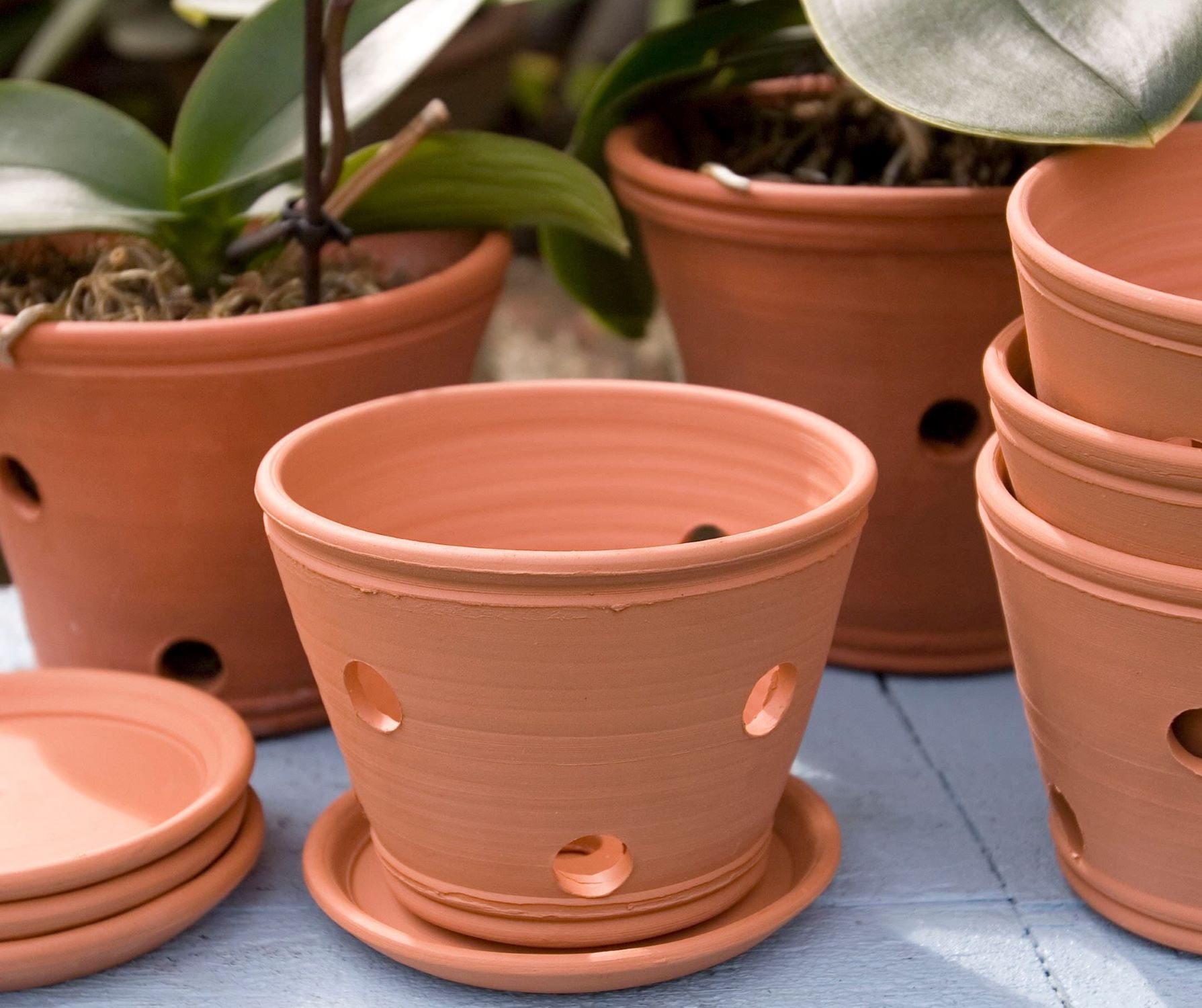
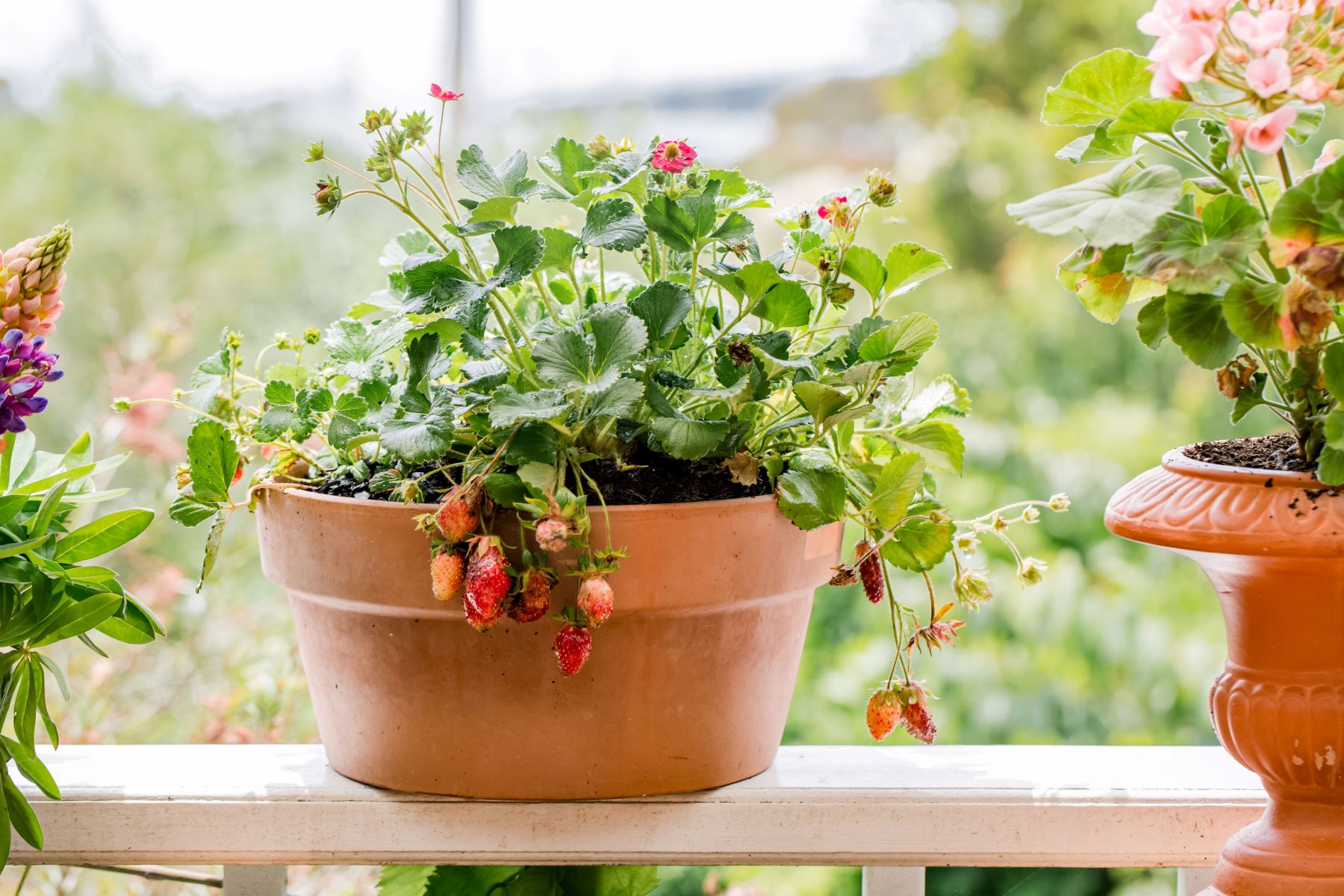
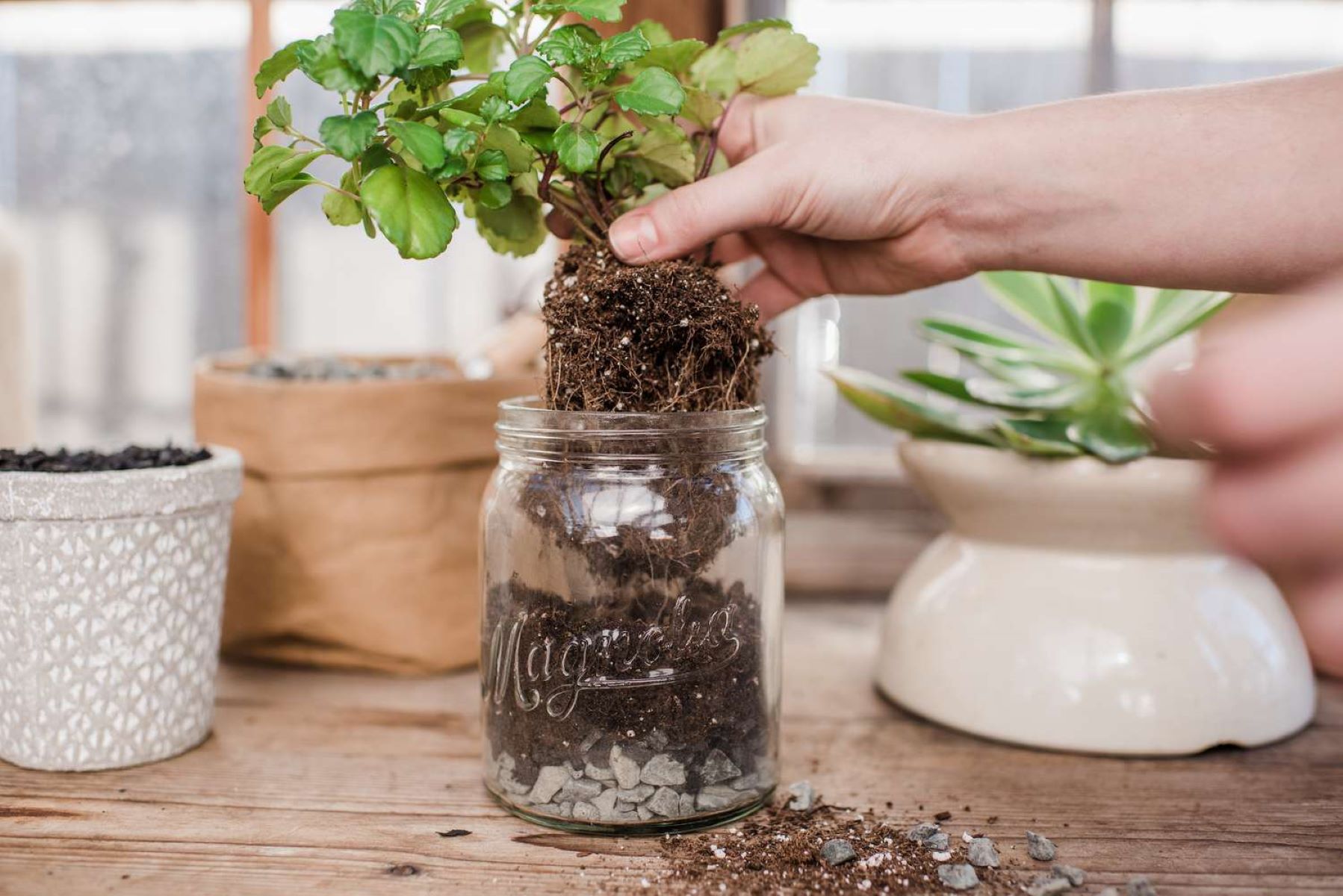
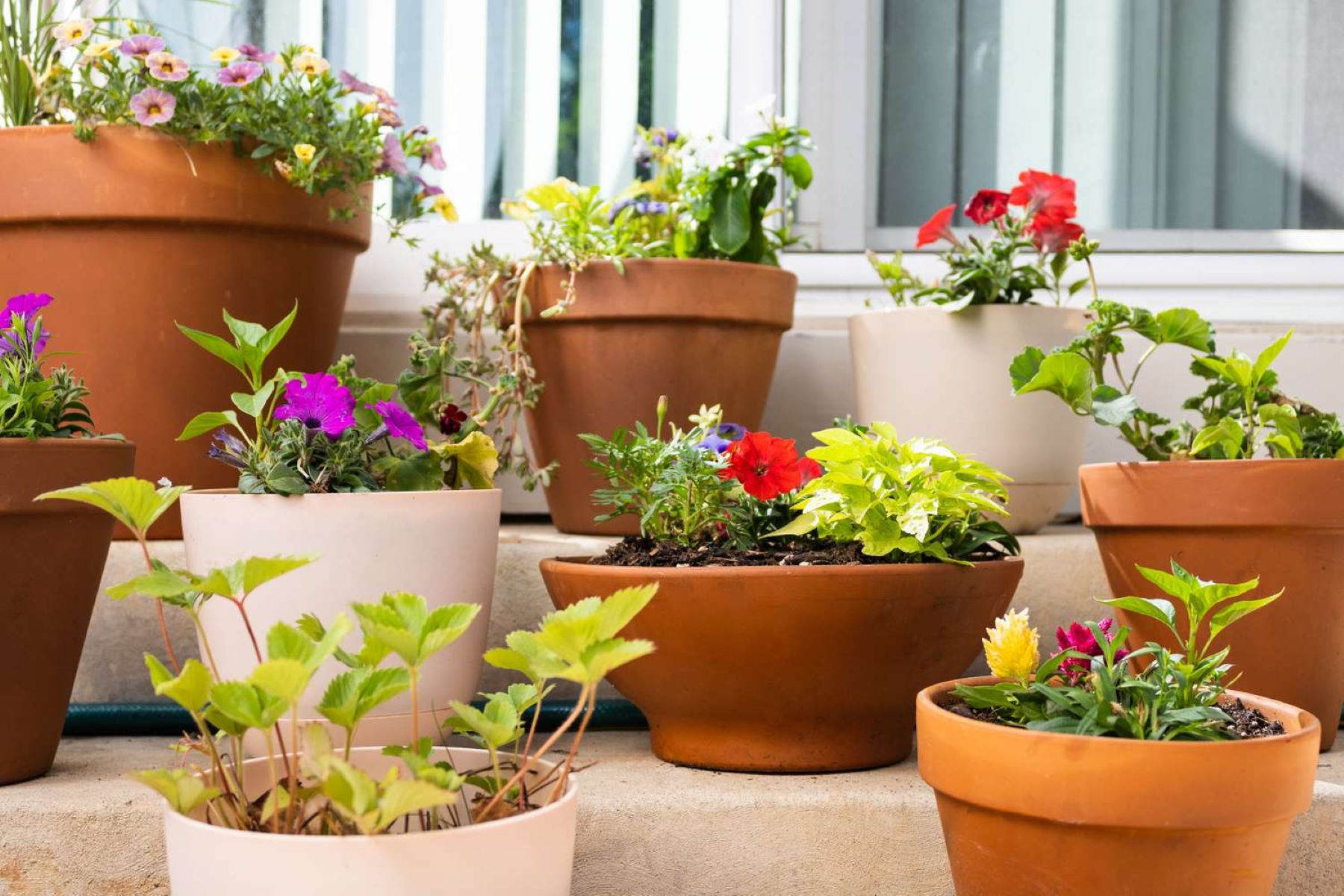
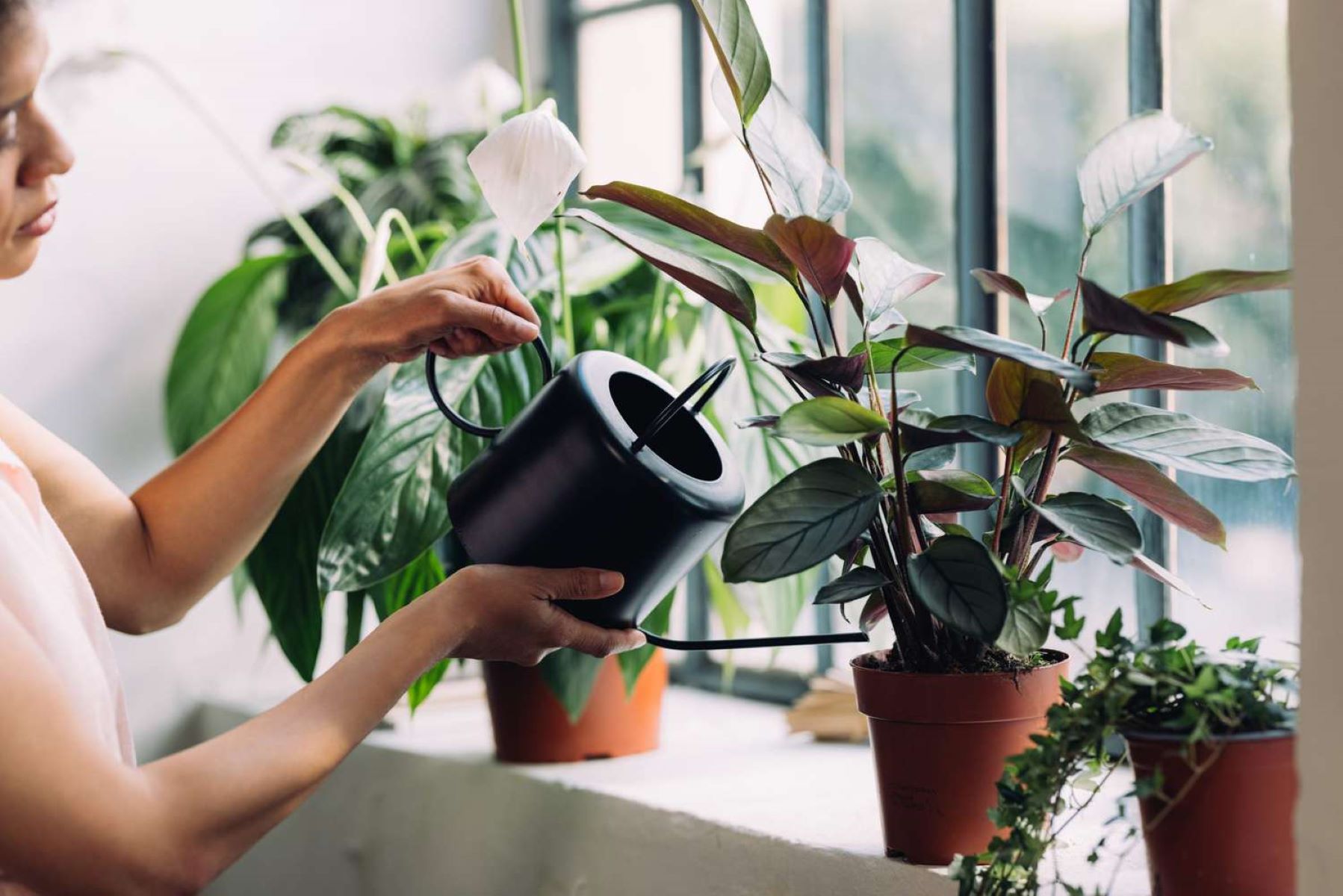
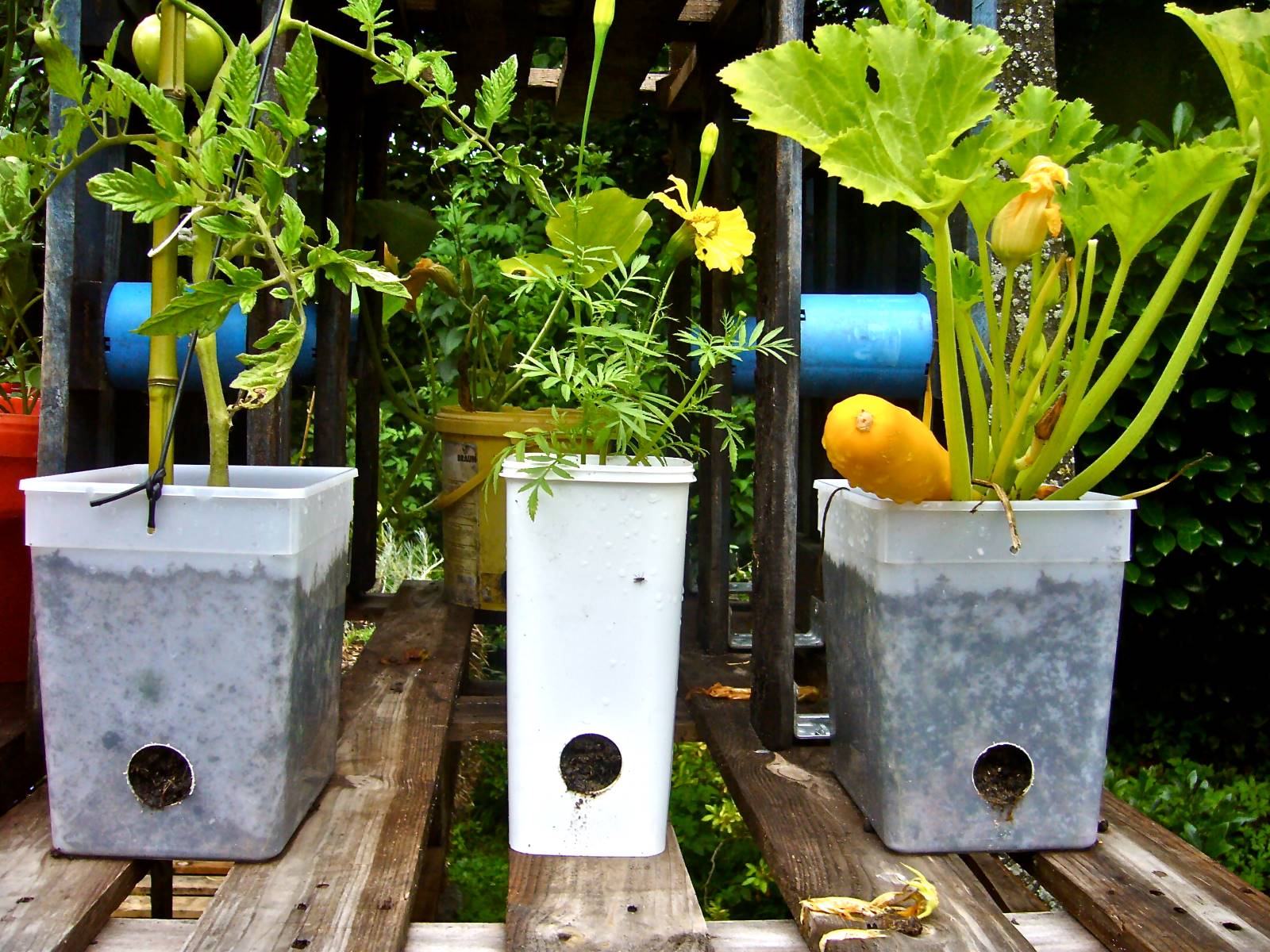
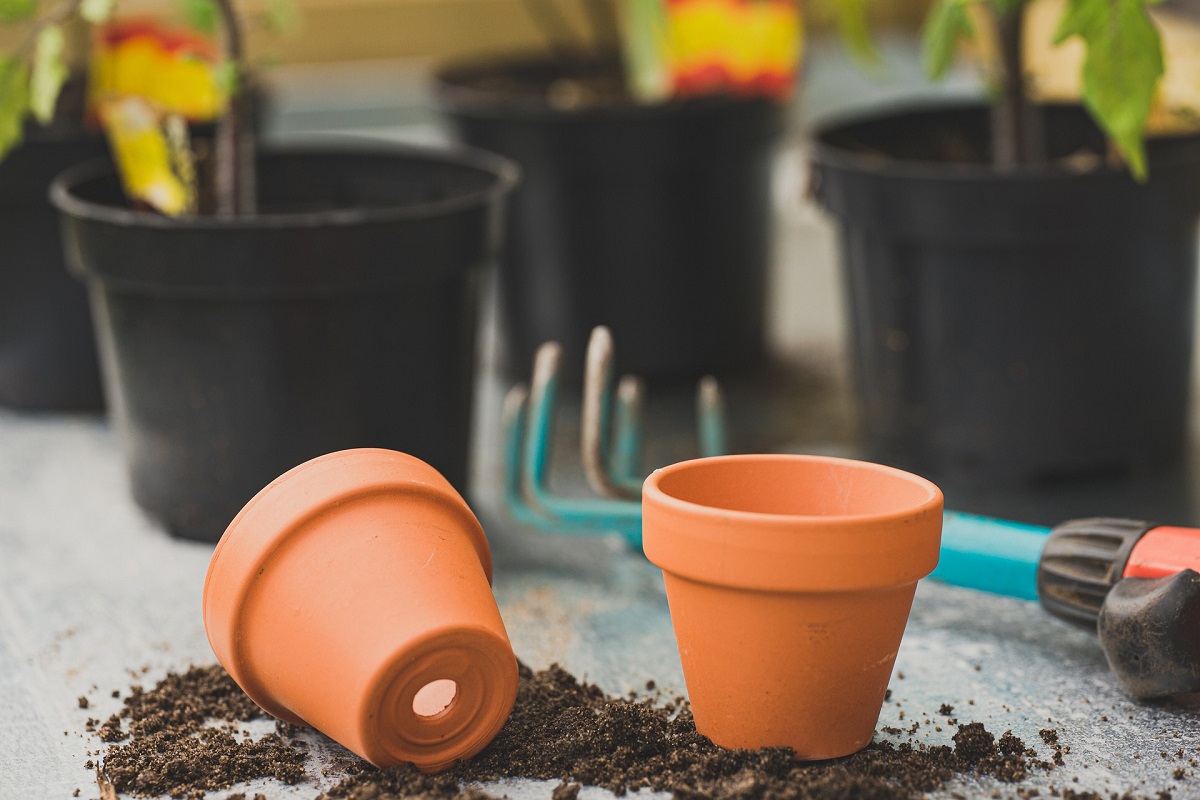
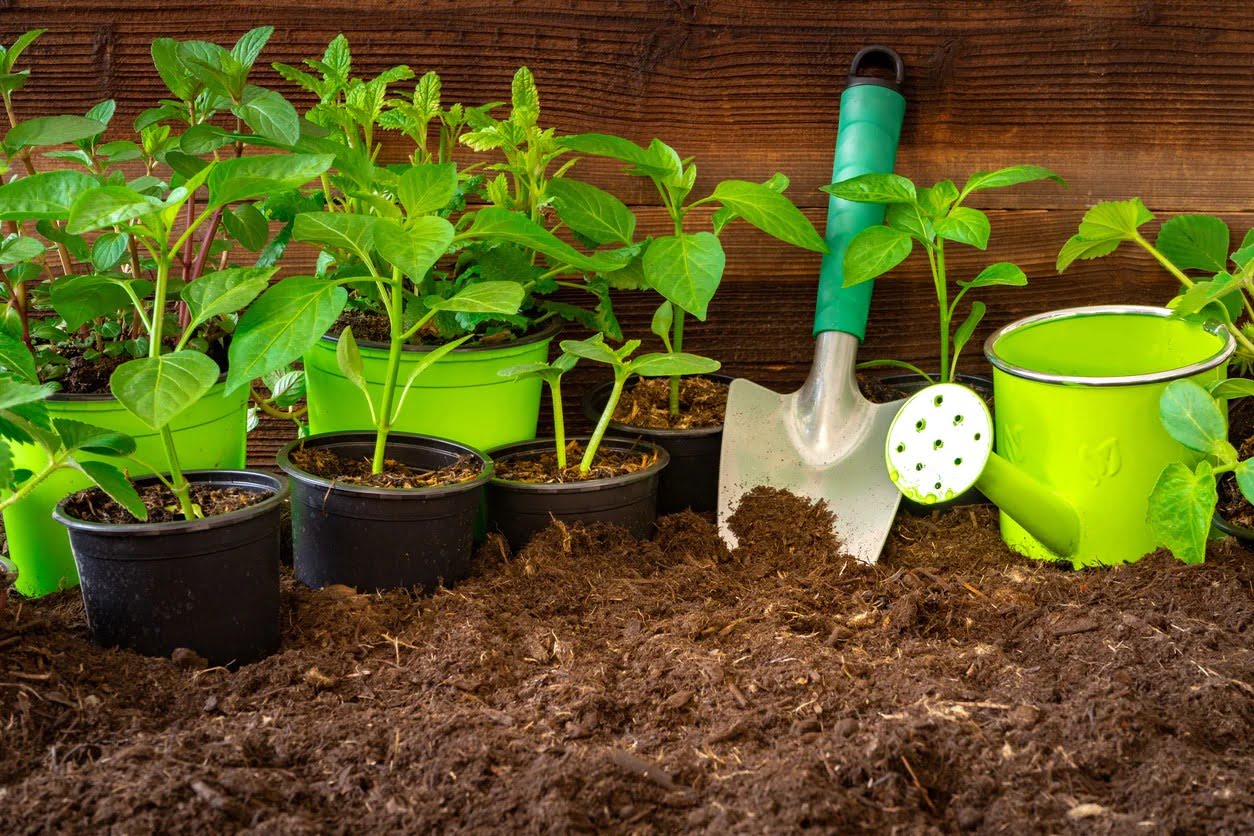
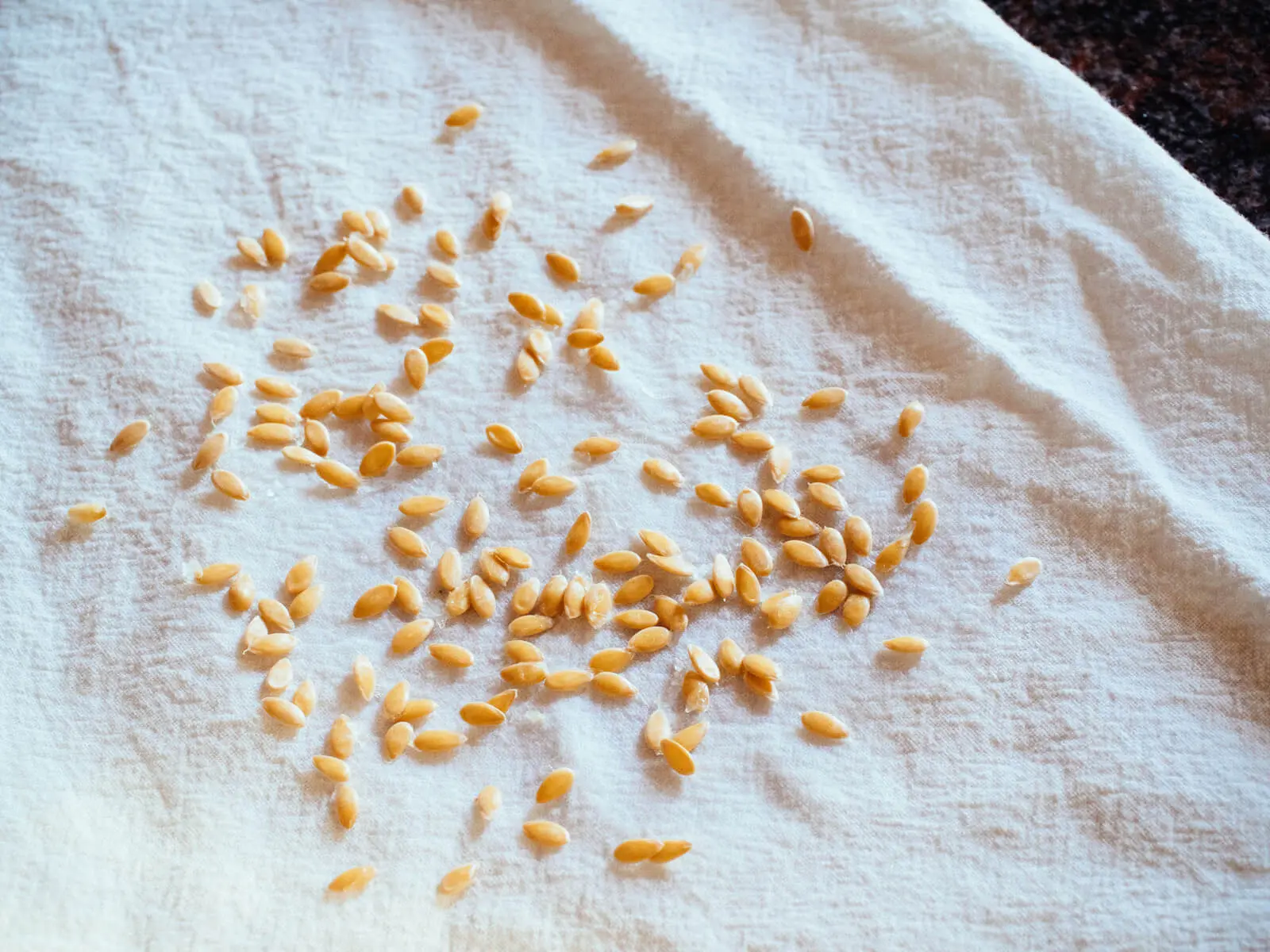
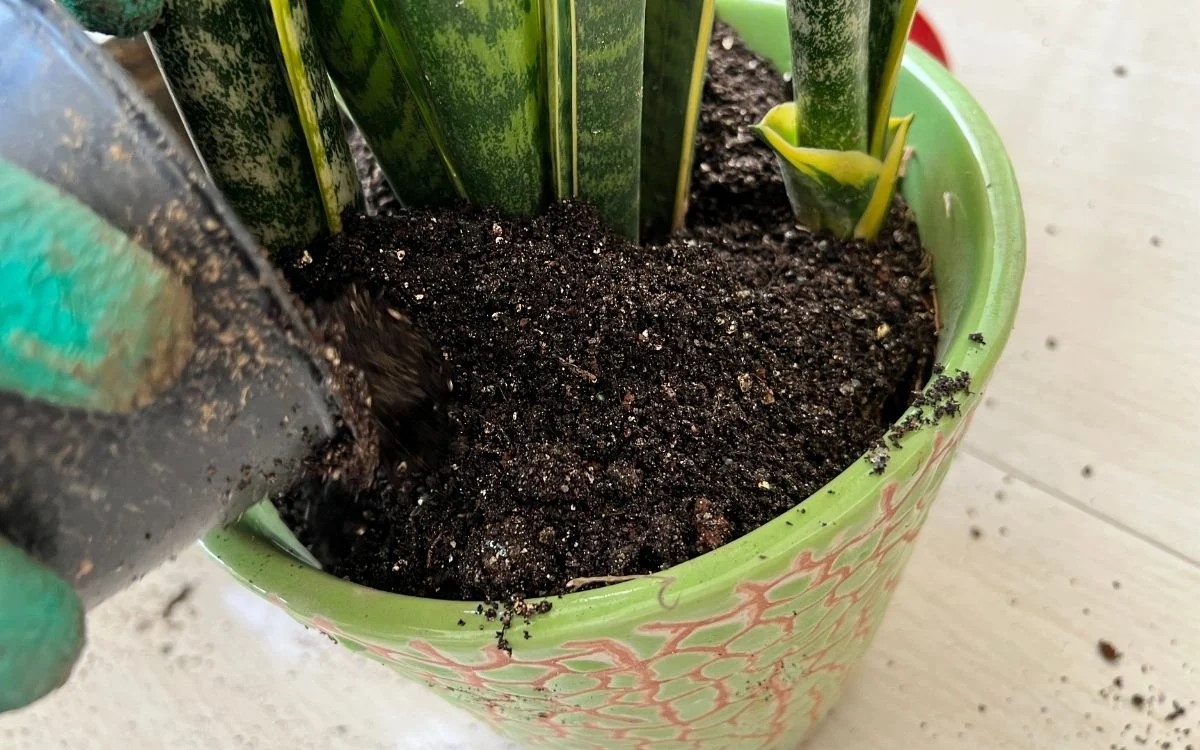
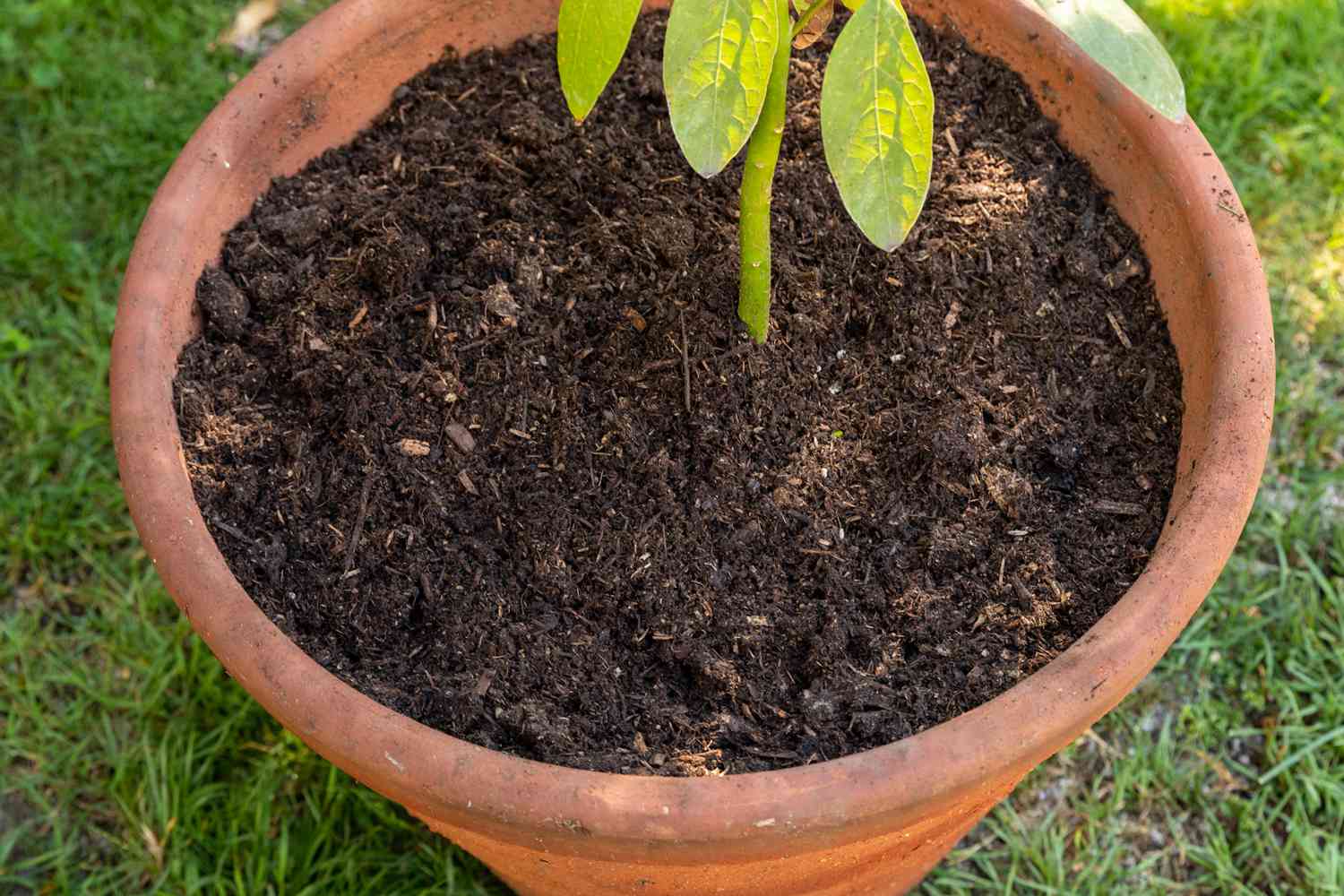
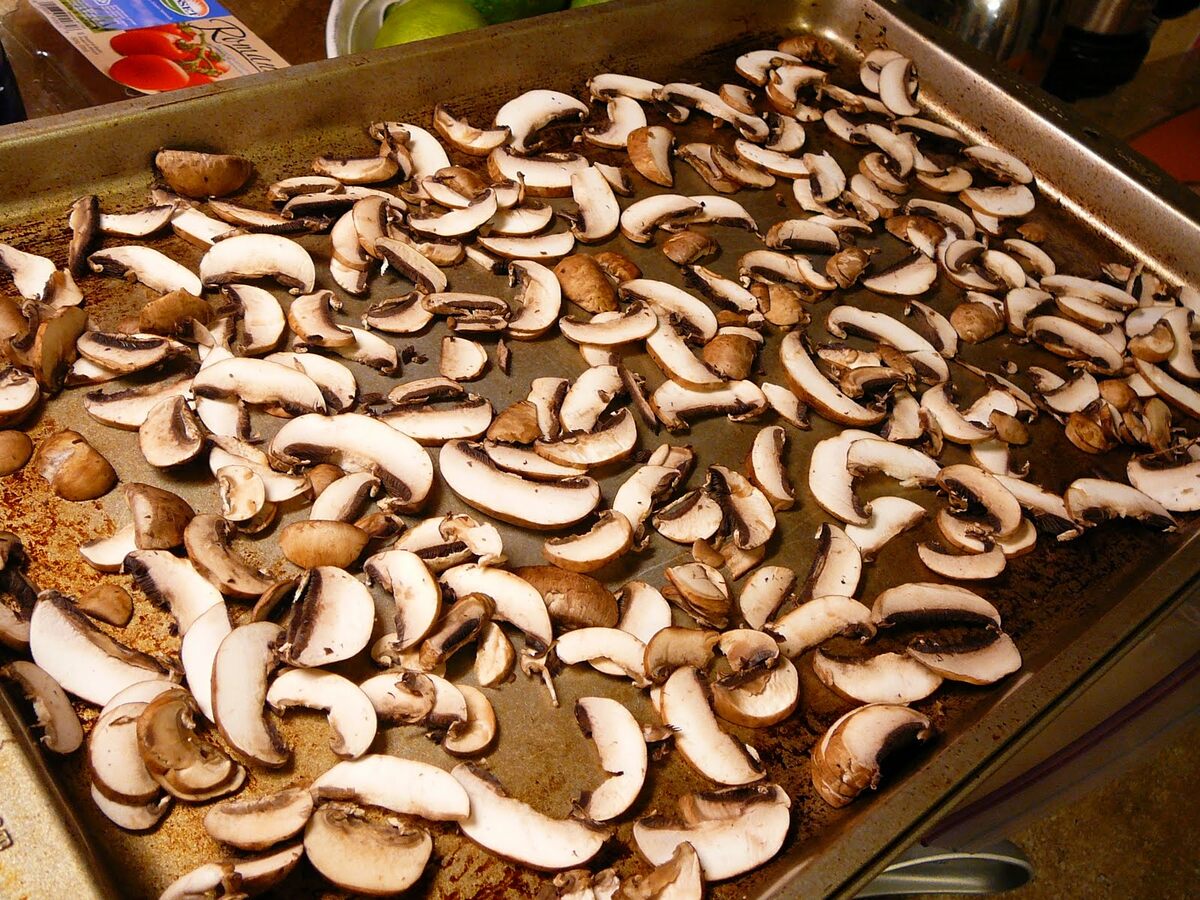
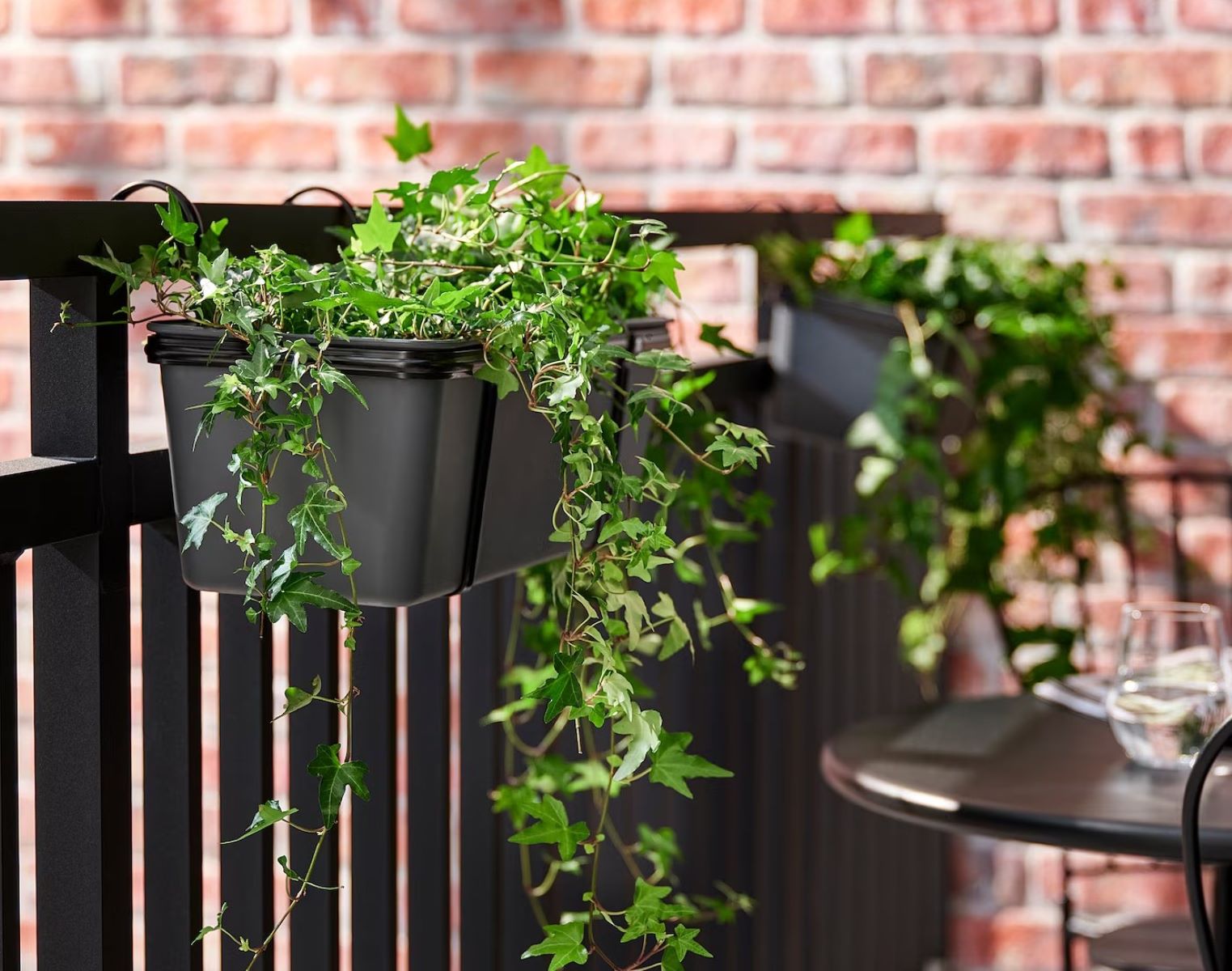

0 thoughts on “How To Dry Out Potted Plant Soil Without Drainage Holes”